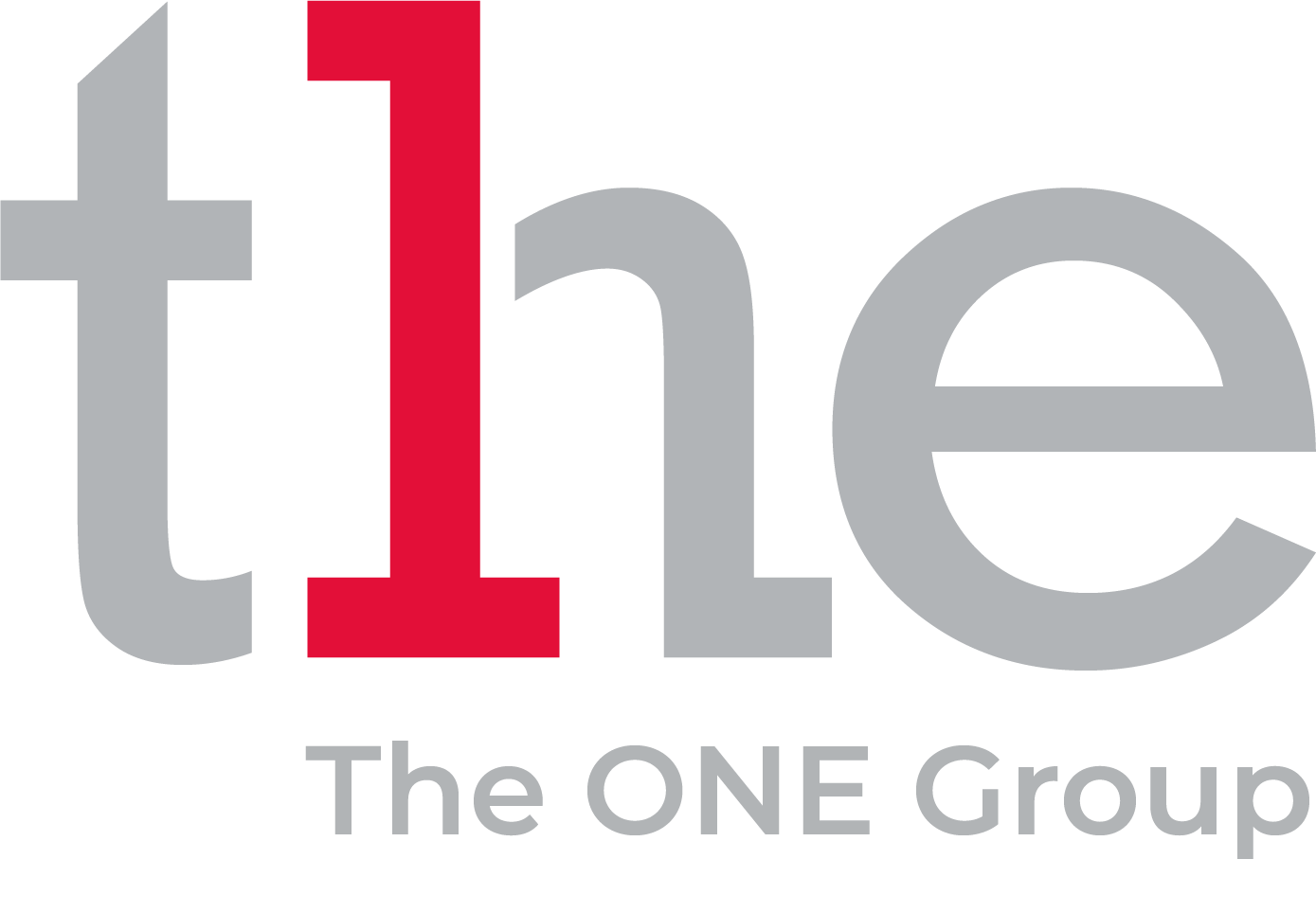Dress codes are a guideline for appropriate workwear in office environments. Understanding and adhering to dress codes is key to presenting yourself in a way that aligns with the expectations of the working environment.
However, the global pandemic and the rise of remote working have introduced a new dynamic to the world of dress codes. Working from home has blurred the line between office attire and home attire, as many people have found themselves embracing more casual and comfortable clothing while maintaining professionalism during virtual meetings.
In this blog, we will look at dress codes and how to find a balance between comfort and professionalism so you can navigate the world of dress codes with style, confidence and a touch of your own unique flair.
Dress Codes
Dress codes can often be confusing, as they vary across industries and organisations, and since the pandemic and the ability to work from home. The purpose of dress codes is to establish a standard of dress that reflects professionalism, appropriateness, and respect. Dress codes help create a unified environment to ensure that everyone is on the same page when it comes to presenting themselves.
Business or Smart Casual Dress Codes
Business attire is the standard dress code in many professional environments. For men, this typically means tailored suits, dress shirts, and ties. Women can opt for tailored suits, or skirts paired with blouses or professional tops. Smart casual dress codes allow for a slightly more relaxed and comfortable approach but still maintain an air of professionalism.
Casual Dress Code
Some workplaces and industries adopt a more casual dress code, which allows individuals to express their personal style while maintaining professionalism. This dress code encourages individuality through all clothing choices. Casual wear may allow for jeans, more casual tops, and comfortable footwear, while still adhering to certain standards of appropriateness.
Remote Working
The shift to remote work has challenged traditional dress codes, allowing for greater flexibility and personal expression. While the need to adhere to dress codes may have relaxed in some cases, it remains important to consider the expectations of your specific work environment and the nature of your interactions, even in virtual settings. Maintaining a balance between comfort, professionalism, and personal style is still essential.
As the world gradually returns to a pre-pandemic state, with some individuals continuing to work remotely and others transitioning back to working in the office, dress codes may evolve yet again. It is important to adapt to changing expectations and find ways to present yourself in a manner that reflects professionalism, confidence, and respect in both virtual and physical work environments.
Expressing Your Style
While dress codes provide guidelines, it doesn't mean you have to sacrifice your personal style. Finding ways to incorporate your personality into your outfit within the given dress code constraints is key. You can add details such as colour choices, patterns, and accessories that reflect your individuality. Confidence and comfort are essential, as they allow your authentic self to shine through.
In the ever-changing landscape, there may be opportunities to express your personal style but remember to respect the expectations of your work environment.
We hope we have helped you to familiarise yourself with the various dress codes, and how you can adhere to the expectations, whilst also allowing your personal style to be incorporated so you can confidently express your individuality while maintaining professionalism.
Ready to start your job search? Let us help guide you. Start a conversation with our team today by emailing your CV to info@theonegroup.co.uk or visit our jobs page.


